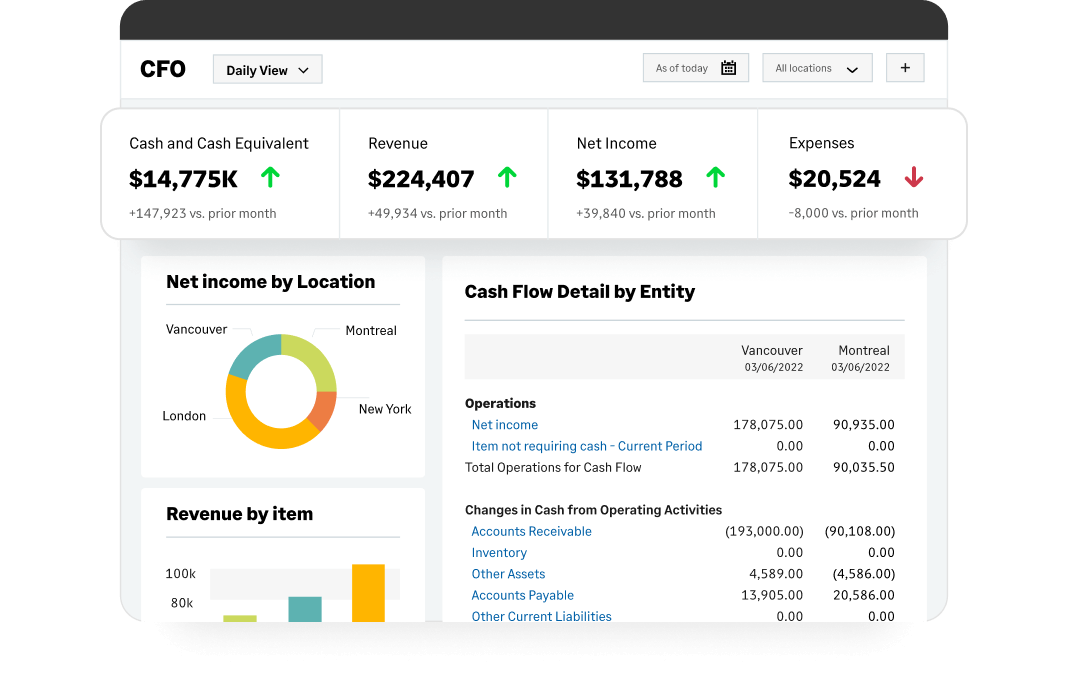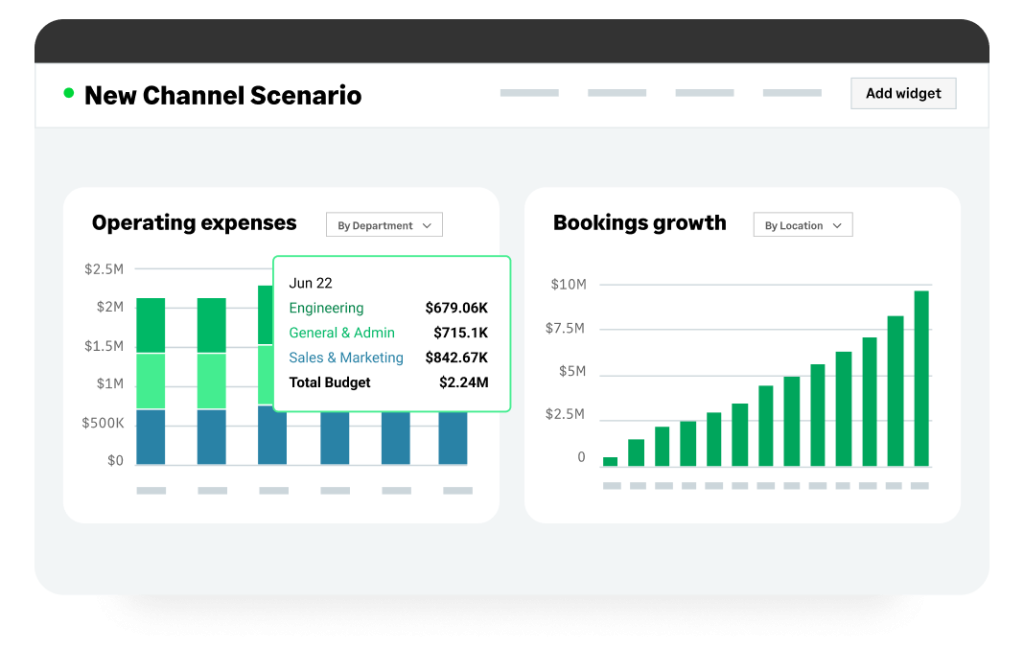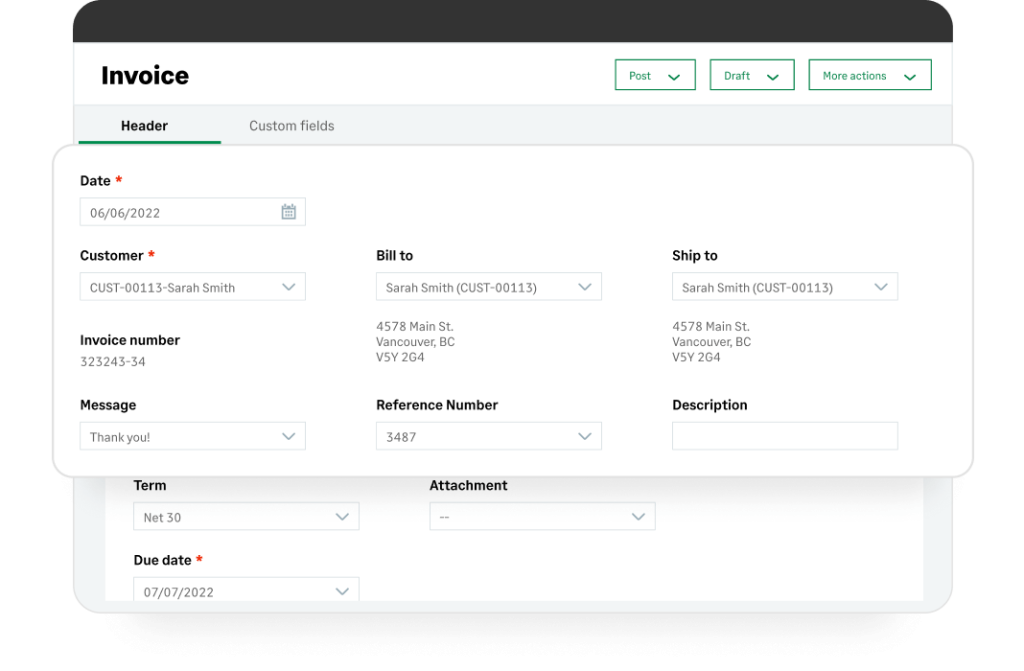Sage Intacct Review: A Comprehensive Deep Dive into the Cloud Accounting Software

In today’s digital age, businesses are in dire need of robust and reliable accounting solutions. Navigating the market for the right software can be overwhelming, with vast amounts of information scattered across various review sites and buried in industry reports. This comprehensive review aims to present an in-depth analysis of Sage Intacct, a prominent player in the cloud accounting software domain.
On this page:
What is Sage Intacct? An Overview
Sage Intacct stands out as a best-in-class cloud accounting solution. Its cloud-based nature ensures that the software is always accessible from any location, provided there’s internet connectivity. Designed specifically for accounting purposes, Sage Intacct seamlessly integrates with other essential software tools businesses utilize daily, ensuring a cohesive and streamlined operational experience.

Pros of Using Sage Intacct
Customer reviews and testimonials often shed light on the strengths of a product. For Sage Intacct, the praises are manifold:
- Ease of Use: A user-friendly interface ensures that both financial and non-financial teams can navigate the software with minimal hassle.
- Shared Chart of Accounts: This unique feature reduces the total number of accounts, making management more straightforward.
- 24/7 Cloud Accessibility: Being cloud-based, users can access their financial data round-the-clock, ensuring business continuity.
- Hands-off Upgrades: Sage Intacct handles upgrades each quarter, ensuring the software is always up-to-date without any intervention from the user’s end.
- Robust Reporting and Dashboards: With built-in tools for generating comprehensive reports and interactive dashboards, businesses can derive valuable insights seamlessly.
- Flexibility and Integration: An open, public API means that Sage Intacct offers a wide range of integration options, further enhancing its utility.
- Ongoing Support and Training: Users can expect continuous support, education, and training, fostering an environment of continuous learning and improvement.
Cons of Using Sage Intacct
While Sage Intacct offers a plethora of advantages, it’s essential to consider its limitations:
- Operational Functionality: The software may not cater to specific operational needs, prompting some businesses to look towards third-party solutions, especially concerning manufacturing, inventory, and payroll management.
- Pricing Concerns: Given its mid-market positioning, some small businesses might find Sage Intacct’s pricing on the higher side.
- GAAP Compliance Regulations: Adherence to GAAP can sometimes result in processes that are unfamiliar and unique, leading to a steeper learning curve.
- Complex Integrations: Modifying implementation configurations can sometimes be intricate, impacting the software’s overall flexibility.
- Support Disparities: The quality of support can vary between different resellers and implementation partners, which can be a point of contention for some users.
Is Sage Intacct the Right Choice?

For organizations that operate in diverse software environments and seek a flexible, scalable accounting software with an in-depth data analysis capability, Sage Intacct emerges as an excellent choice. However, potential users must evaluate their specific needs, especially concerning operational functionalities and budget constraints, before making a decision.
To further aid the decision-making process, prospective users can delve into detailed Sage Intacct reports and insider reviews, exploring the software’s capabilities, pros and cons, comparisons to similar products, industry compatibility, and pricing structures.
In the ever-evolving world of accounting software, Sage Intacct makes a compelling case, blending functionality, integration capabilities, and user-friendliness into one cohesive package.
